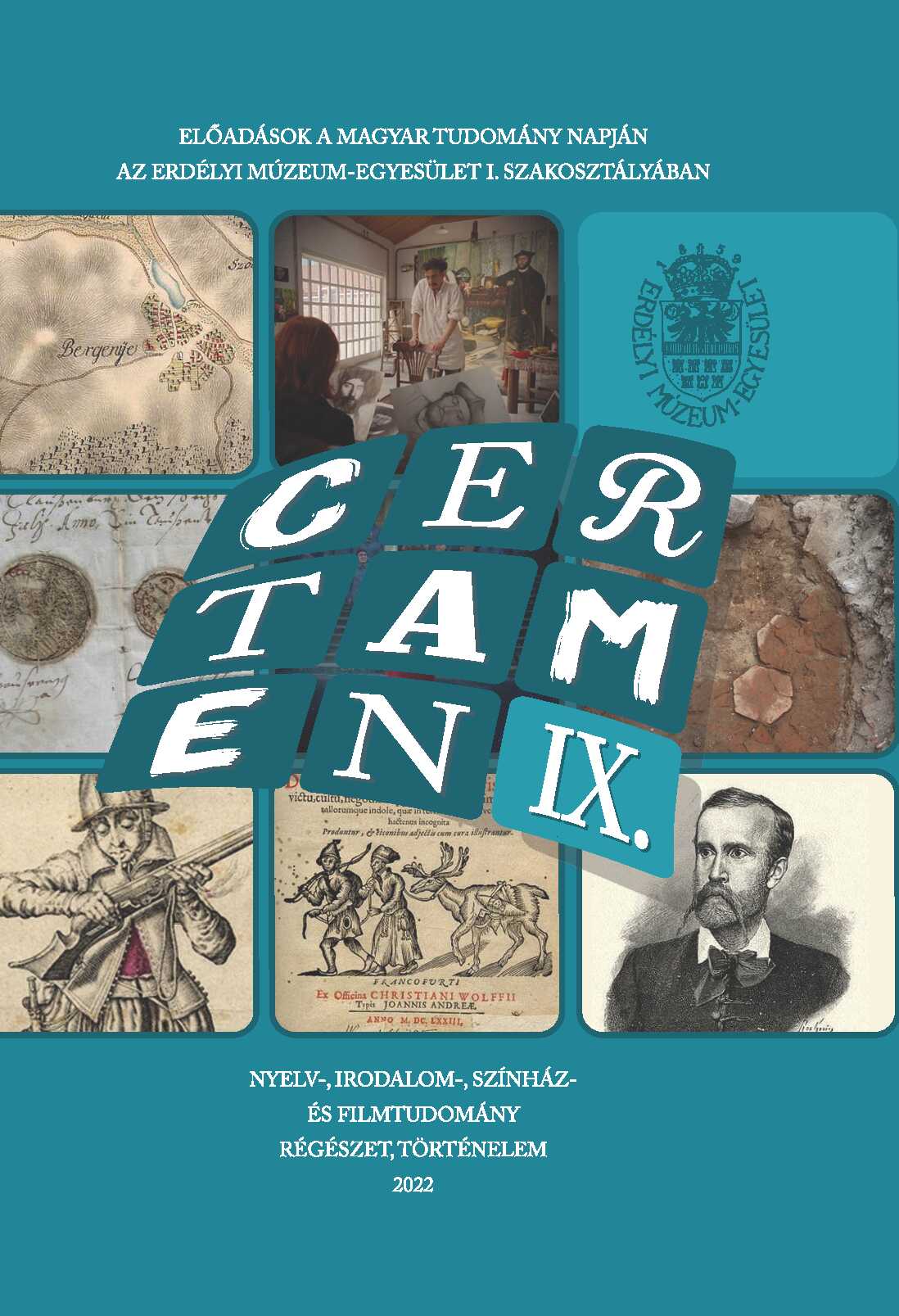Mítoszrombolás és nosztalgia között: a Bánság a kortárs (romániai) német irodalomban (A „sváb idill” kritikusa: Herta Müller)
Between Mythocritics and Nostalgia: The Banat in the Contemporary German and Romanian-German Literature (The Critic of the „Swabian Idyll”: Herta Müller)
Author(s): Szabolcs JánosSubject(s): Hungarian Literature
Published by: Erdélyi Múzeum-Egyesület
Keywords: Banat; German literature in Romania; region; myth-busting; memory
Summary/Abstract: The present study examines the process described in academic literature as the concept of myth-busting in the literary works of two contemporary German authors, Herta Müller, a native of Banat and Esther Kinsky, a Berlin-born author who lived in London for a long time. The first part of the study aims at a theoretical clarification of the concepts of regional literature and German literature in Romania, as well as at exploring the difficulties of definition, by reviewing the relevant academic literature on the topic. The relationship between Herta Müller’s literary activity and German literature in Romania will be interpreted based on theoretical hypotheses. Herta Müller’s texts are considered by most analysts to be a response to the social context and literary tradition of Romania/Banat, the essence of which is, on the one hand, a conflict with the traditions and values of the German community in Banat and, on the other hand, a confrontation with the framework of homeland literature which is deemed narrow. Esther Kinsky, though, in a sense, a continuer of the tradition of travelogue writing that began to flourish in the 18th century, did not learn about Banat from books, but lived in the region for a longer period of time, and thus experienced the atmosphere of the region firsthand. In Esther Kinsky’s book experiencing foreignness is central. Travelling the area itself, and at the same time shaping it, is not governed by prior knowledge and understanding, the traveler is not led by guidebooks or literary works, but only by clues, the epitaphs of the Jewish cemetery in Arad or the German cemetery in Gottlob, which indicate some kind of hiatus in the mostly Serbian, Hungarian, Romanian and Gypsy present, a break in the past-present continuum.
Journal: Certamen
- Issue Year: 2022
- Issue No: IX
- Page Range: 93-108
- Page Count: 16
- Language: Hungarian

